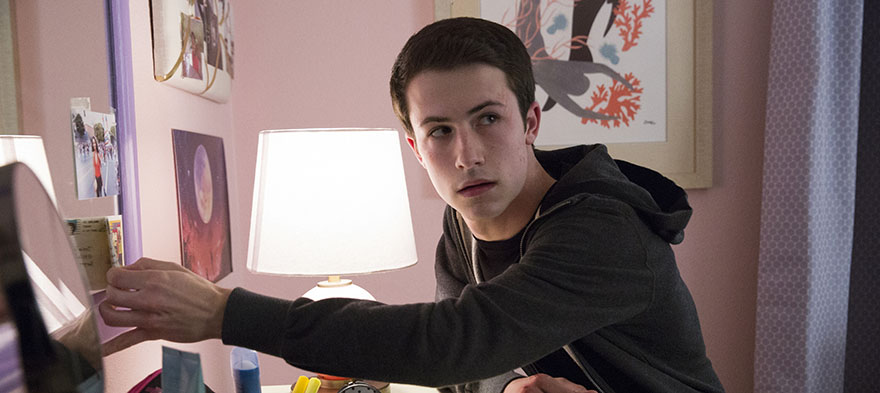
May 18, 2018 12:00:00 AM
by Erika Sanzi
While we hope that the series will encourage important conversations and more positive, healthy behaviors, we also are concerned that the series could have negative outcomes for some youth.(The full statement can be downloaded here and additional resources can be found here.) The impetus for the alert and the "13 Reasons Why Toolkit," at least in part, are the findings of a study published in The Journal of the American Medical Association that “found a significant increase in internet searches on suicide following the release of season 1.” According to The Atlantic, “Google queries about suicide rose by almost 20 percent in the 19 days after the show came out, representing between 900,000 and 1.5 million more searches than usual regarding the subject.” And from USA Today:
The proportion of [doctor] visits involving suicidal ideation was stable between January and March 2017 (about 0.19 percent of all visits). Following the release of "13 Reasons Why, the proportion of visits involving suicidal ideation increased sharply to 0.27 percent of visits in April and 0.29 percent of visits in May—a more than 40 percent relative increase. A similar pattern wasn’t observed in 2016. These findings are worrisome. To be sure, the observed increase in doctors’ visits for suicidal ideation could reflect an increase in the number of teens seeking help as a result of viewing the show. Even so, when the increase is taken together with the documented jump in online searches for ways to commit suicide, the alternative explanation of contagion in suicidal thinking is impossible to ignore. Unfortunately, national mortality statistics lag by several years, so we don’t know whether actual suicides increased after the show’s 2017 release.So buckle up everybody. It’s hard to imagine that today's release of season 2 won’t have people logging in to Netflix en masse and at least this time we know that that part of what makes the show so gripping—addictive even—is precisely the fact that it deals with topics that are difficult, dark, and yes, very real. Thankfully, teachers, parents, and school leaders will be better prepared this time around and Netflix’s efforts to do a better job in providing supports and resources for viewers are a welcome change. But at the end of the day, this show is no joke and we have an obligation to be plugged in and paying attention—and asking— if our kids and other kids we know and care about are watching it and the impact it may—or may not—be having on them. This will take a village.
Erika Sanzi is a mother of three sons and taught in public schools in Massachusetts, California and Rhode Island. She has served on her local school board in Cumberland, Rhode Island, advocated for fair school funding at the state level, and worked on campaigns of candidates she considers to be champions for kids and true supporters of great schools. She is currently a Fordham senior visiting fellow.
Few issues in education spark more tension and debate than standardized testing. Are they a tool for equity or a burden on students? A necessary check on school systems or a flawed measure of...
Charter schools are public schools with a purpose. Operating independently from traditional school districts, they're tuition-free, open to all students, and publicly funded—but with more flexibility...
Despite the benefits of a diverse teaching force, prospective teachers of color fall out of our leaky preparation pipeline at every stage: preparation, hiring, induction, and retention. Here’s what...
Ed Post is the flagship website platform of brightbeam, a 501(c3) network of education activists and influencers demanding a better education and a brighter future for every child.
© 2020-2025 brightbeam. All rights reserved.
Leave a Comment